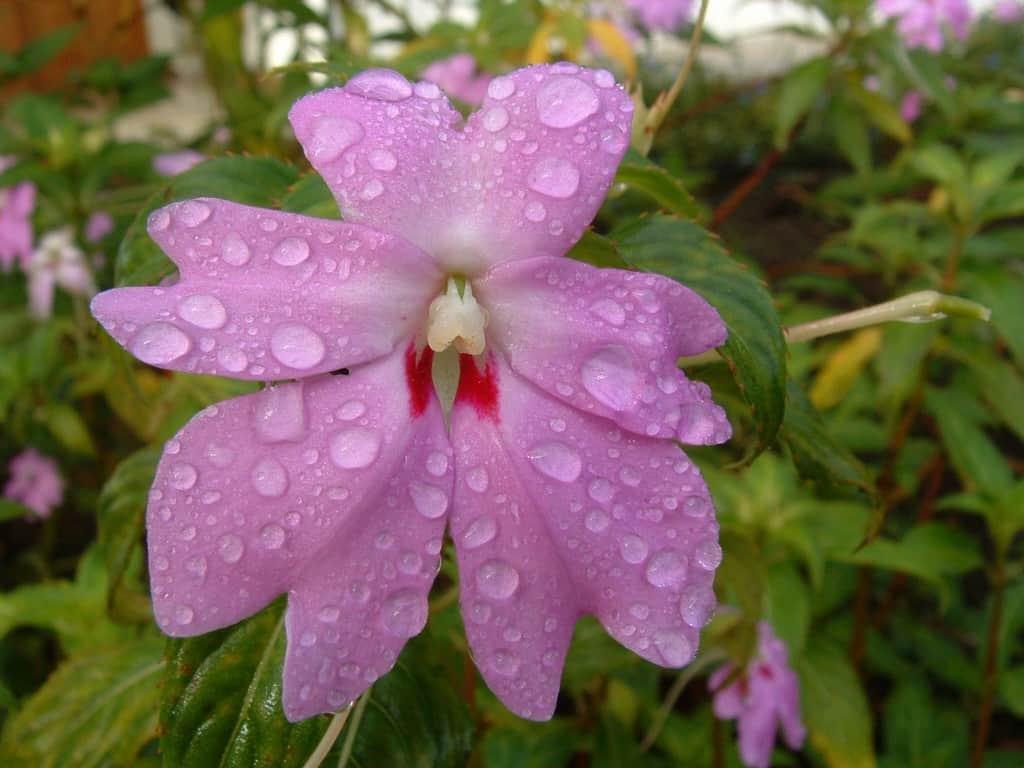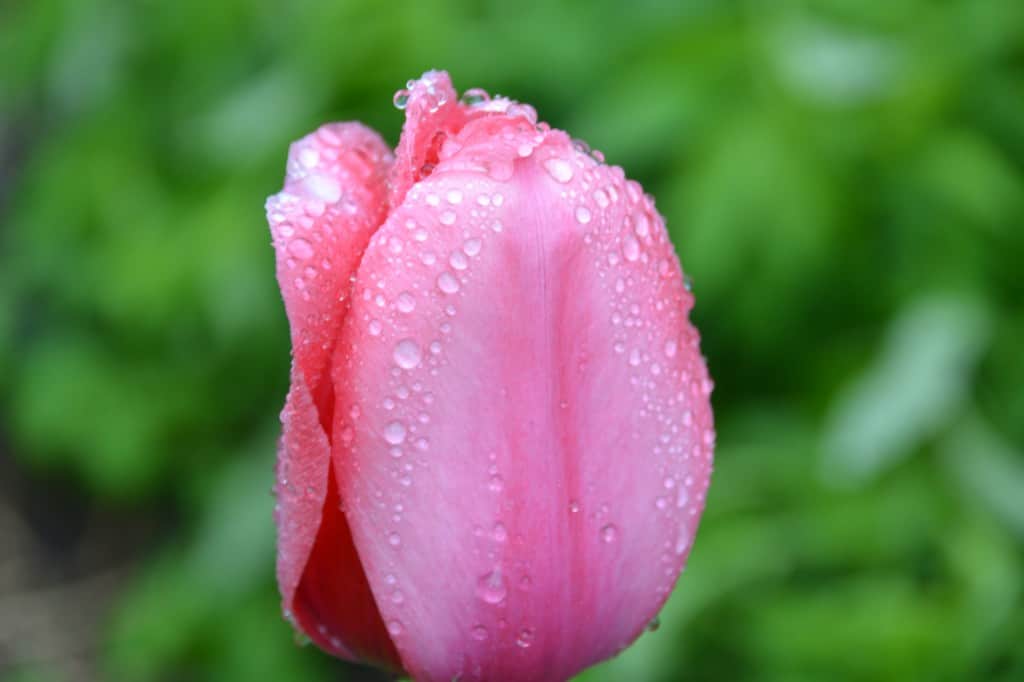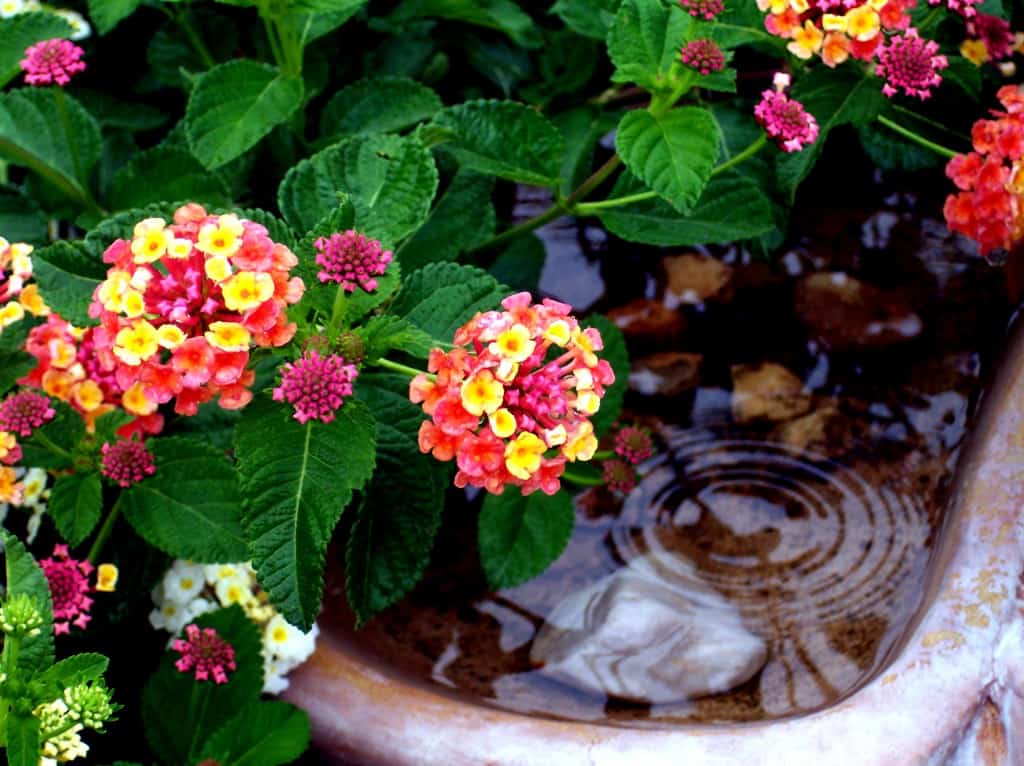
Too much water can led to stagnant soil, affect your plants growth then drown. The air spaces will be filled causing the oxygen not to reach the roots. Here’s how to know that your soil is waterlogged.
Symptoms:
• Yellowing of leaves, wilting, withering and drop off are the most obvious signs that your soil is waterlogged.
• The soil surface is saturated with water with puddles on it.
• The plant roots are mostly dark to black, soft and mushy and soil smells like decayed egg.
• The plants are not sprouting and die.
During long rainfall, the soil turns like puddle and if you step on it, it becomes compressed and the drainage worsens. Waterlogging can be prone to diseases such as other fungal attacks and phytopthora.
• To prevent this, avoid walking on wet soil to get rid of compaction.
• Move the waterlogged plants in pots. Remove the damage parts and plant them again with free-draining compost.
• Remove dead or dying shoots.
• Spike lawns with a motorised spiker and add lime-free sand to improve drainage.

Prevention:
• Fill the root area with mulch.
• For great good growth, feed during growing season.
• To improve soil construction and drainage in clay soil, a lot of organic matter and horticular grit is needed.
• Use fork for gently break down the sides of planting holes.
• With free-draining soil, add organic matter to bulk up the soil and add nutrients, which would be washed away in heavy rains.
• Raise beds and fill with well-drained topsoil.
• Install a drainage system or soakaway. Dig ditches filled with gravel to drain water away from the garden or talk to a builder about a pipe drainage system if the problem is more extreme.
• Use rocks in the underneath the pots and place them on feet to assist drainage.
• Do not overwater pot plants.

